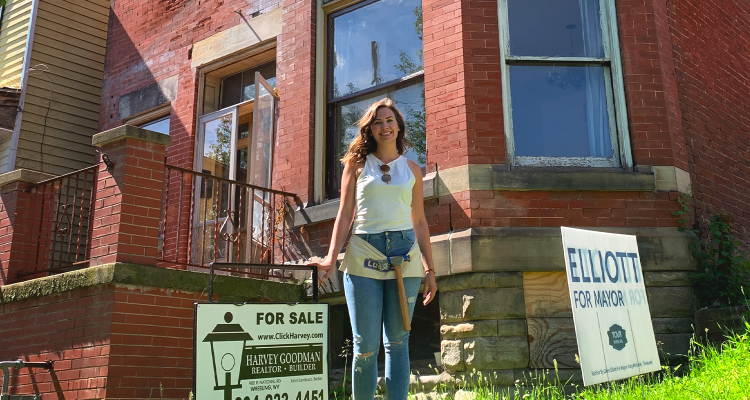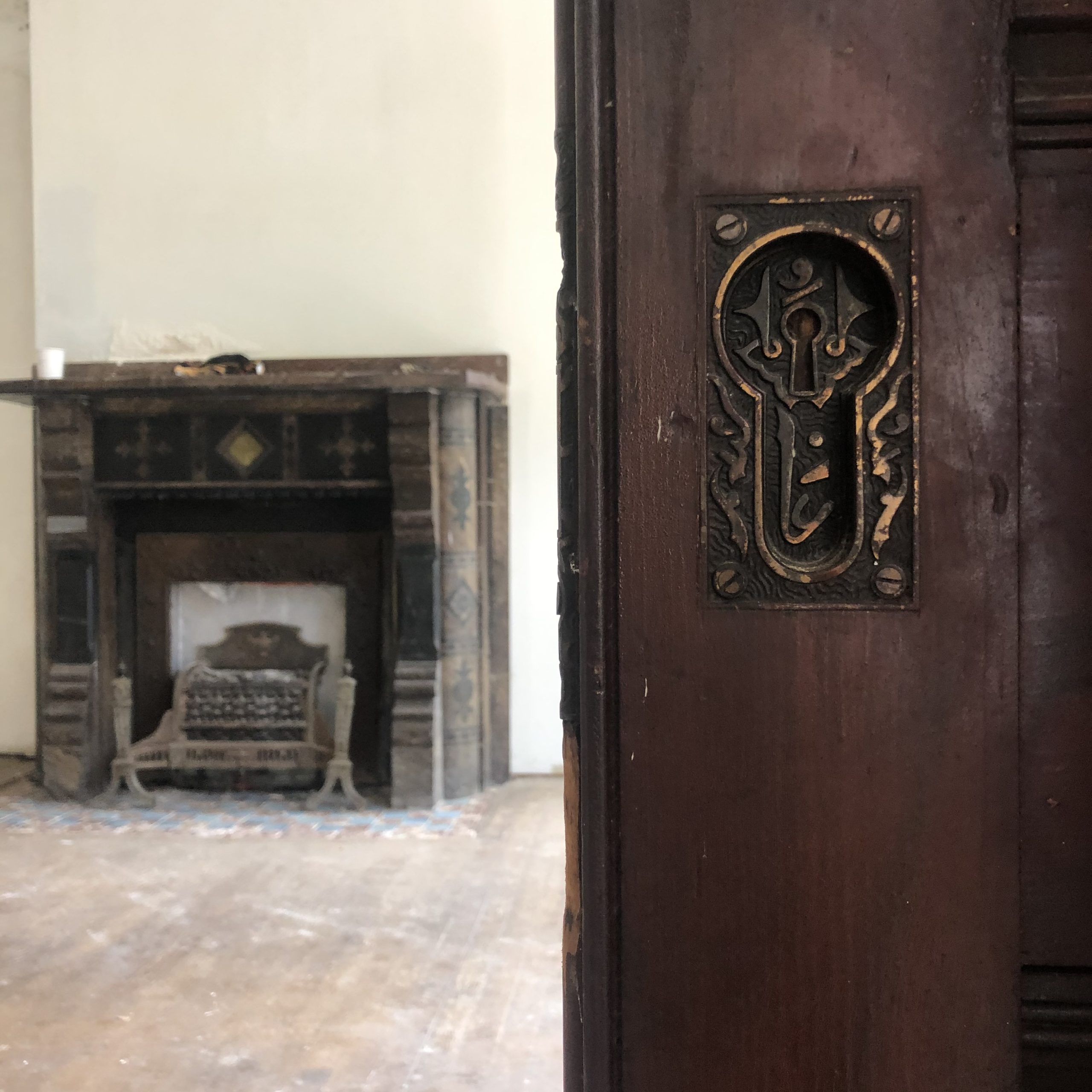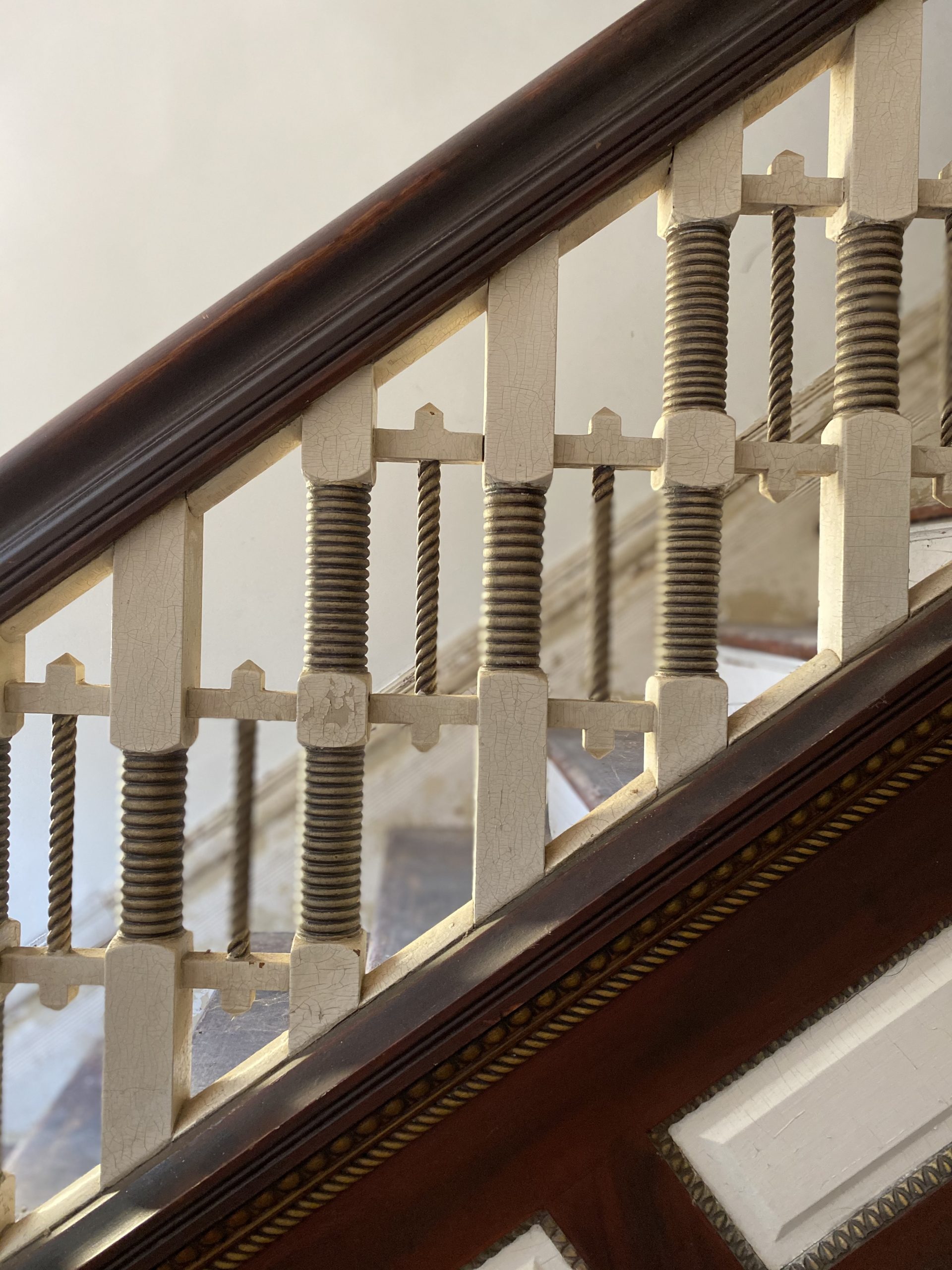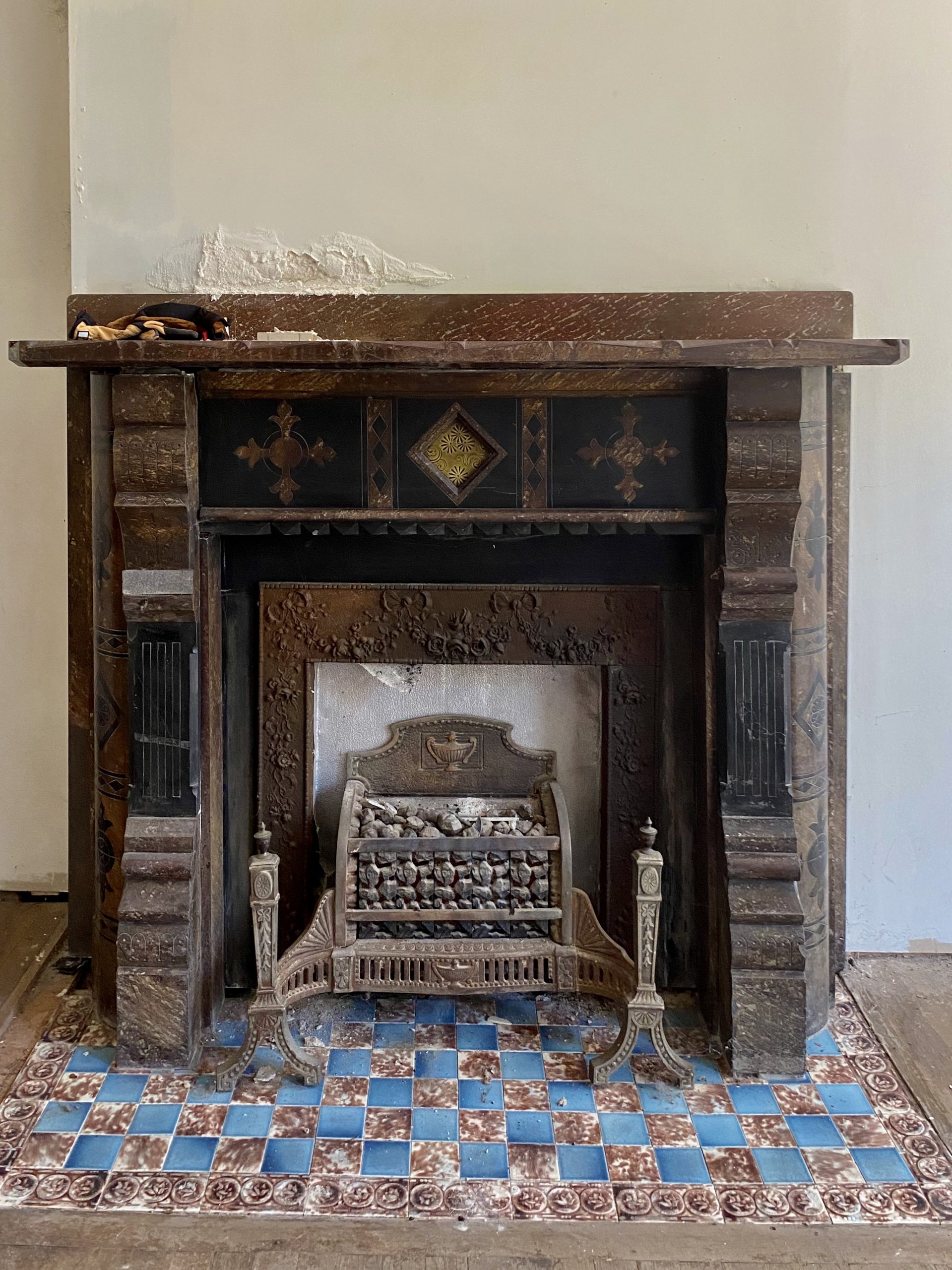I’ve spent a lot of time thinking about home lately. First, because I’m stuck in mine, and mostly, because I bought one. Well, sort of. I bought a house because it felt like home.
It is a unique time to be thinking about the subject, when we’ve all been told to stay at home, work from home and be #safeathome. As we shifted our day to day to the confines of four walls, I began to evaluate exactly what kind of home I really wanted. Spending time away from the office, social commitments and most of public society forced me to observe the smaller details of day-to-day living. The space where I drink my coffee to the shelves that hold my books all took on a new meaning. As a relative newcomer to Wheeling, I found myself wondering, “Is this where I want to invest in a home?” … “Do I see myself here long term?” … “Does this place make me happy?”
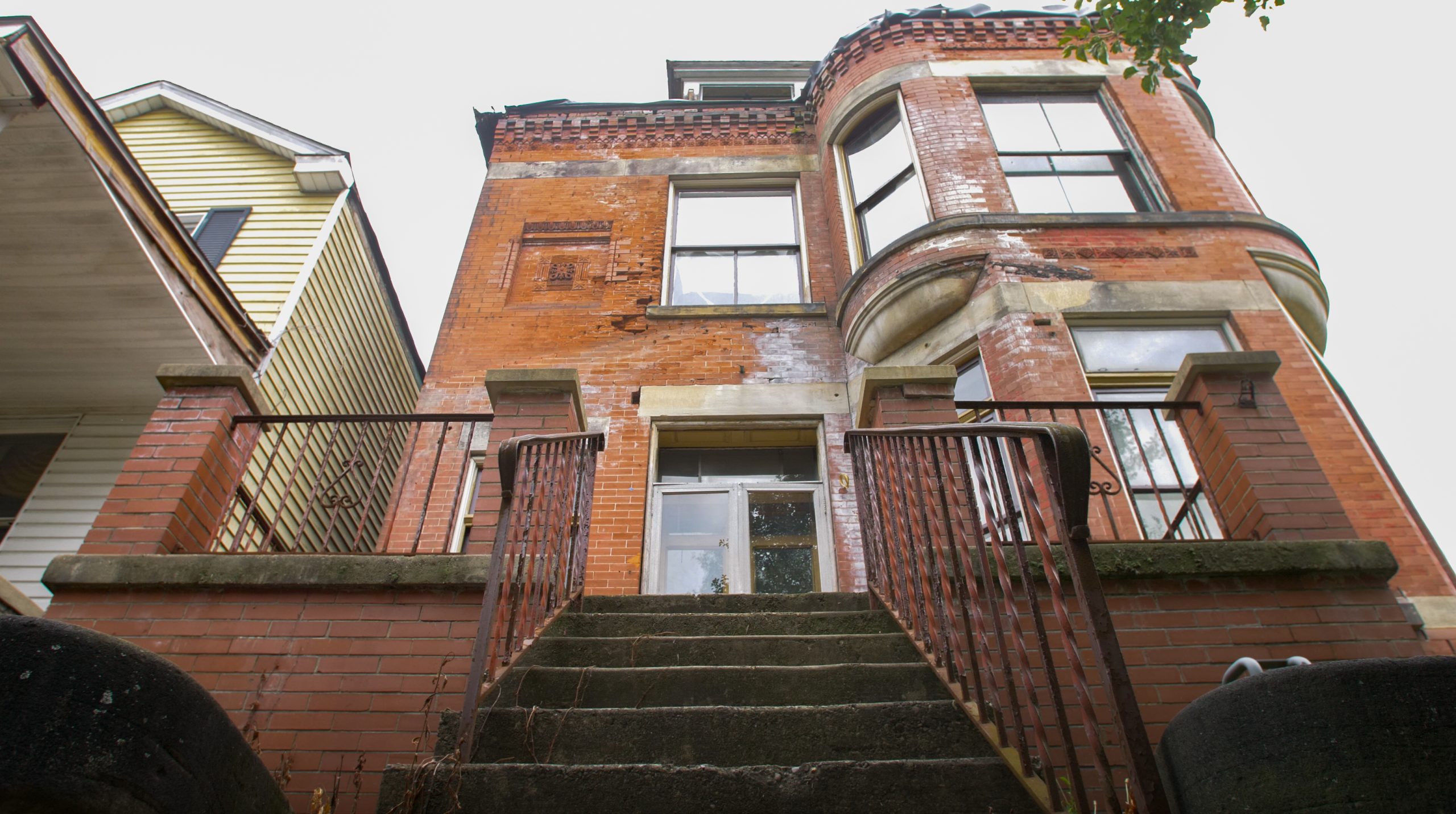
I spend a lot of time thinking about homes. In fact, I’ve made it my career. As an architectural historian, I’ve spent a lot of time researching James Madison’s home, Paul Jennings’ home, Henry Schmulbach’s home, and the homes of those who worked for him. I’ve thought about recognizing homes in historic districts and mourned the destruction of homes lost to neglect and then demolition as if they were my own. I’ve spent hours researching how homes were built and how humans have left their mark through modifications over time. I’ve fallen through floors, climbed on roofs, and found magic in the dirtiest of basements. I’ve studied the accessibility of homes, and seen firsthand how systems put in place long ago have carried into the present and made home ownership a concept attainable for some, but not all.
While all of this thinking provided me with a technical understanding of the home, until May of this year, I hadn’t owned my own. And I wanted to. But because I have had the privilege of being in hundreds if not thousands of historic homes, I was picky. I wanted old, I wanted character, and most of all, I wanted to commit to something more than just a 30-year mortgage.
That commitment is exactly what I found in what’s known as the McLain house, located on 14th Street in East Wheeling. Built in the 1890s, this house was home to many families before I bought it. Keeping that in mind underscores the worthiness of the giant project it will be to finish it. From the countless hands that held the well-worn banisters to the marriage ceremony that took place in front of the living room fireplace, this house holds the stories of generations.
My house witnessed the rise of the industrial era in Wheeling. The pressed metal ceiling was likely manufactured at Wheeling Corrugating Company before it was installed in my kitchen. The Great Depression and all its economic uncertainty is still present in the division of walls and rooms, scars of former units for renters. The decades of vacancy brought on by urban renewal, economic decline, and the disinvestment and disenfranchising of a vibrant neighborhood left nearly terminal damage to the structure. And finally, there are the new pieces, added by fellow preservationists at the beginning of a broader revitalization, that gave this house the chance to stand a while longer.
I love those individual stories, but it is the entire quality of one’s life that makes a place home. That quality of life is what sold me on making a commitment not just to a house, but to East Wheeling. It’s knowing that the large backyard where my dog can run free was first another house, then a vacant lot and now a place of solitude, merely blocks away from downtown. It’s being a moment’s walk away from my office at Wheeling Heritage and the recreation trails I love so much. It’s knowing that my friends who live down the street can walk over and enjoy a dinner I’ve prepared with produce from the Public Market, bread from Sarah’s on Main and wine from Good Mansion. It’s knowing that one house can help change the perception of a neighborhood, and a neighborhood can change the perception of a city.
This ability to live locally, and authentically, in a town that continues to work toward revitalization, even when things get hard, is what I appreciate so much. I feel lucky to be a part of it.
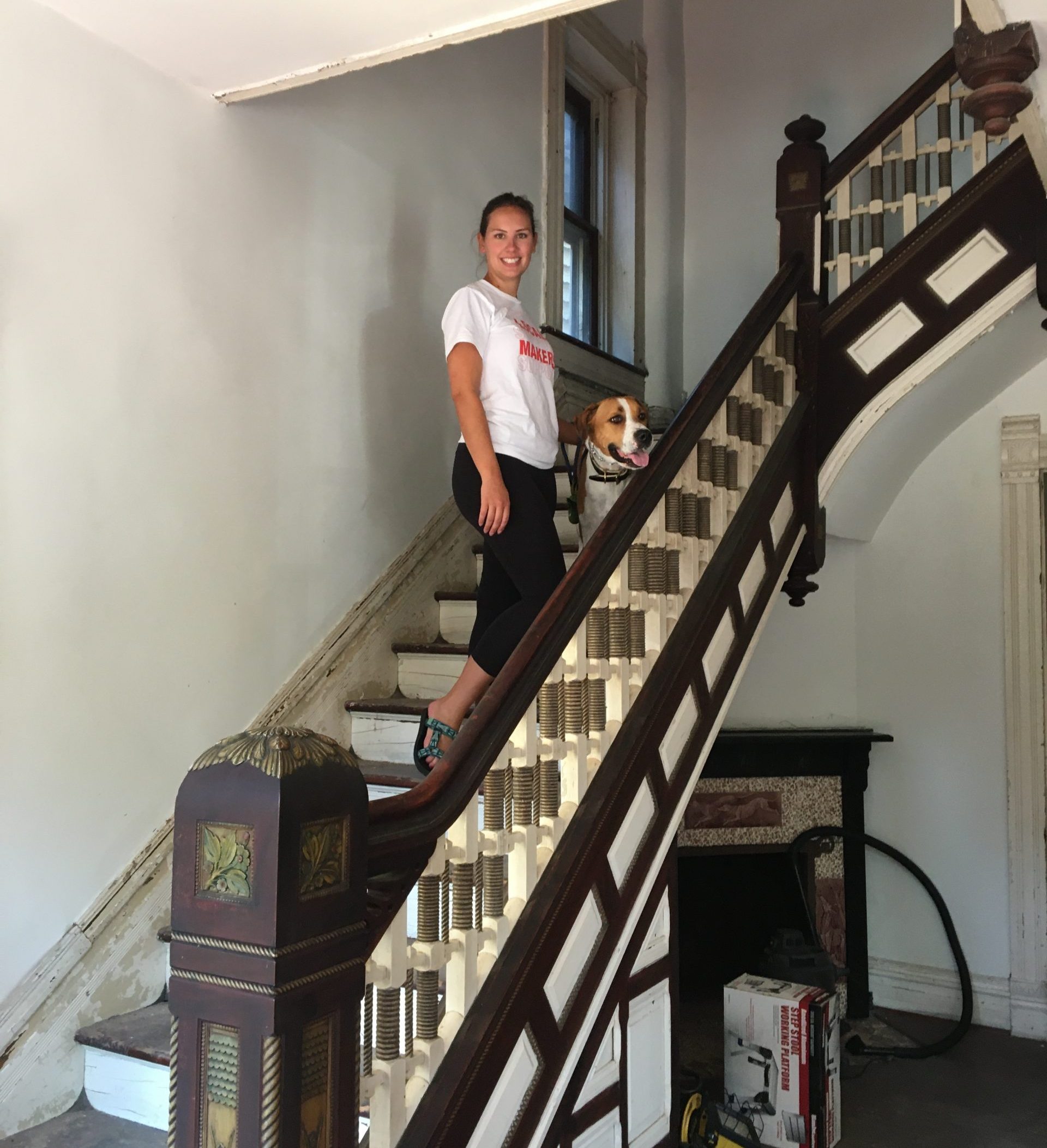
But it’s certainly no coincidence. The beautiful buildings that give this city character and whose rehabilitation inspire hope would not be possible without the incentives put in place to make their rebirth possible. Both federal and recently improved state historic tax credits make these projects feasible. Grassroots organizations like Friends of Wheeling, through their loan program, put up real dollars in addition to advocacy to help people protect our built environment. These important pieces make my work at Wheeling Heritage possible, and are why I can provide technical services to developers who also want to rehab an old building.
The markets and shops I love so much? They need the entrepreneurial resources and community support this town has worked to develop. And my house? My dreams couldn’t become reality without the confidence and creativity of local lenders, the utilization of preservation incentives, and the unending kindness of the people (and the employer) who welcomed me to Wheeling and became integral to my life.
The way the light hits the tile on my fireplace just right makes me love my house, but the life I am able to live here, from the amenities already in place to the potential I can help our city realize — that is what makes me feel at home.
(Betsy was also featured in the New York Post talking about her historic Wheeling home).


